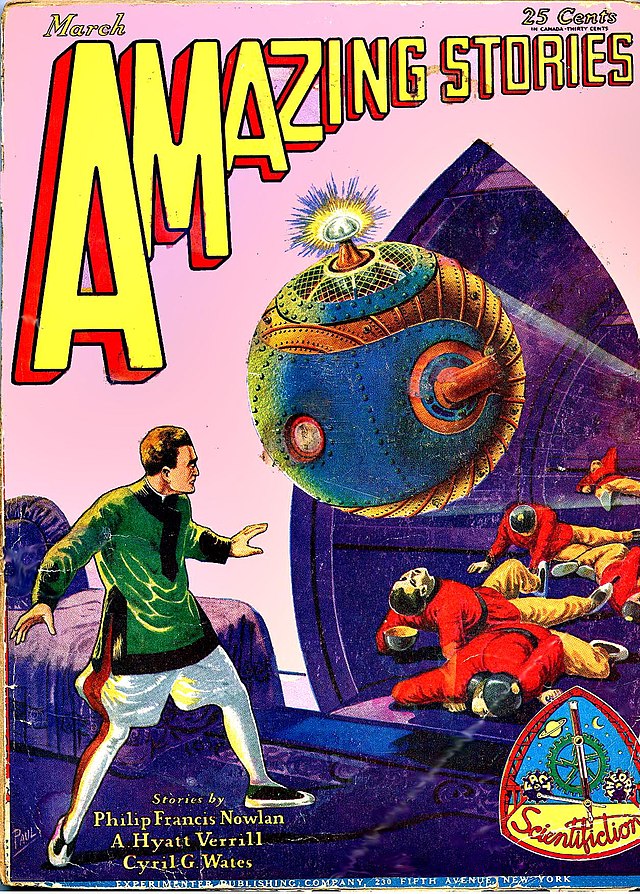I decided to hold off on reviewing this event in order to see how much of it really sunk in after time had passed and I am pleased to report that I still have fond thoughts of the lecture. What's more, the knowledge I gained has indeed sunk in.
One thing in particular that sticks in my mind is, as the title suggests, how important and commonly used repetition is within cinema. I have never thought about how similar some scenes are in different movies. Indeed, Price showed us two different movies using the same shots, angles and references to each other. He talked to us about why this is what we recognise within cinematography. I certainly learned a lot about something I knew very little about before.
At the end of the lecture, the professor asked us out of interest if the people listening were Film students and when he found out that some were not, he smiled, almost surprised. I smiled too, at the surprise that was the delight of this lecture. Until next year, Professor..
"Amazing Stories March 1929" by Published by Experimenter Publishing Co. - Scanned cover of pulp magazine. Licensed under Public Domain via Wikimedia Commons - http://commons.wikimedia.org/wiki/File:Amazing_Stories_March_1929.jpg#mediaviewer/File:Amazing_Stories_March_1929.jpg
Lewis Bagshaw



